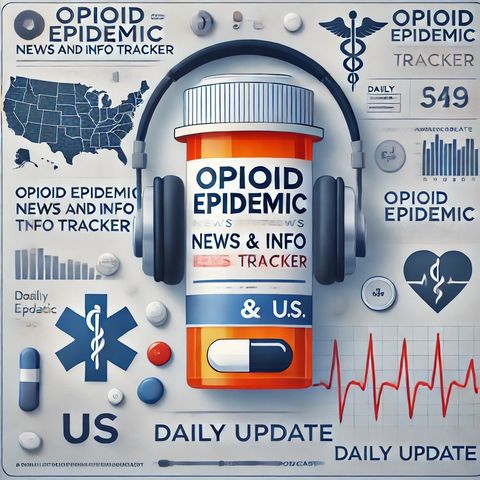21 NOV 2024 · ## The Opioid Epidemic: A Persistent Public Health Crisis
The opioid epidemic continues to plague the United States, marking one of the most severe public health crises of the past few decades. Here are some key points that highlight the current state and evolving trends of this epidemic.
### Historical Context and Trends
Since 1999, the number of opioid-involved deaths has skyrocketed, with nearly 727,000 people losing their lives to opioid overdoses by 2022. This rise can be divided into three distinct waves. The first wave, beginning in the 1990s, was driven by the increased prescribing of prescription opioids. The second wave, starting in 2010, saw a surge in heroin-related overdose deaths, although these have been declining in recent years. The third and most current wave, which began in 2013, is characterized by a significant increase in deaths involving synthetic opioids, particularly fentanyl and its analogs[3].
### Current Statistics
In 2022, approximately 108,000 people died from drug overdoses, with about 76% of these deaths involving opioids. Despite a relative stability in opioid overdose death rates from 2021 to 2022, the numbers remain alarmingly high. Fentanyl and its analogs continue to drive the epidemic, with a 4% increase in overdose deaths involving these substances from 2021 to 2022. In contrast, deaths involving heroin and prescription opioids have decreased by 36% and 12%, respectively, during the same period[3].
### Regional Variations
The impact of the opioid epidemic varies across different regions. In New York City, for example, there were 616 confirmed overdose deaths in the first quarter of 2024, with fentanyl being the most common substance involved. Overdose death rates are highest in areas such as the Bronx, Upper Manhattan, Central Brooklyn, Northern Staten Island, and Rockaway[1].
In Nashville, Tennessee, fentanyl was detected in 62.9% of overdose deaths in the first quarter of 2024. The region also saw a significant increase in cocaine detections, with a 46.3% rise compared to the same period in 2023. Xylazine, a non-opioid sedative, has also emerged as a concerning substance, with detections increasing by 150%[2].
### Demographic Insights
The demographic profile of those affected by the opioid epidemic is also noteworthy. In many regions,


